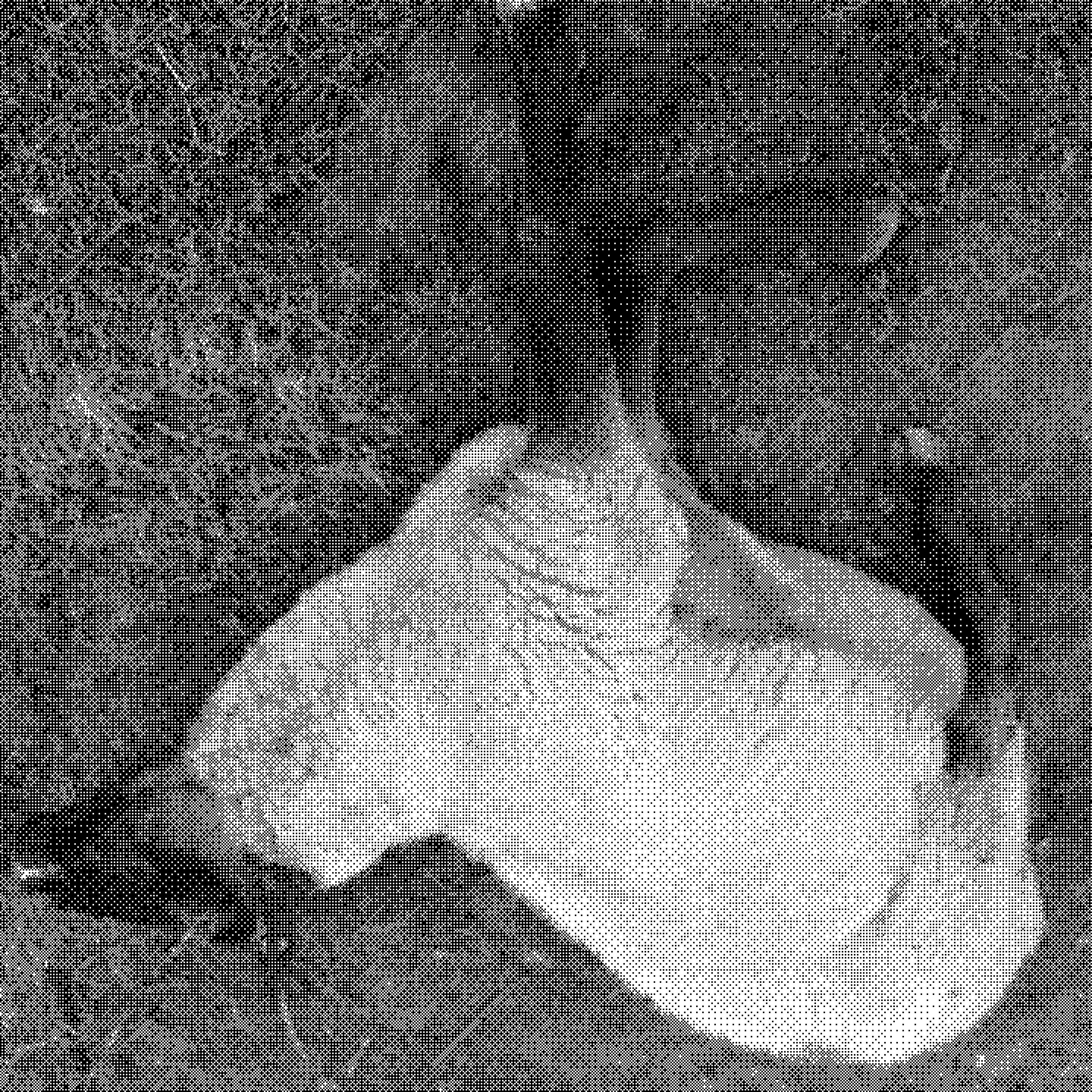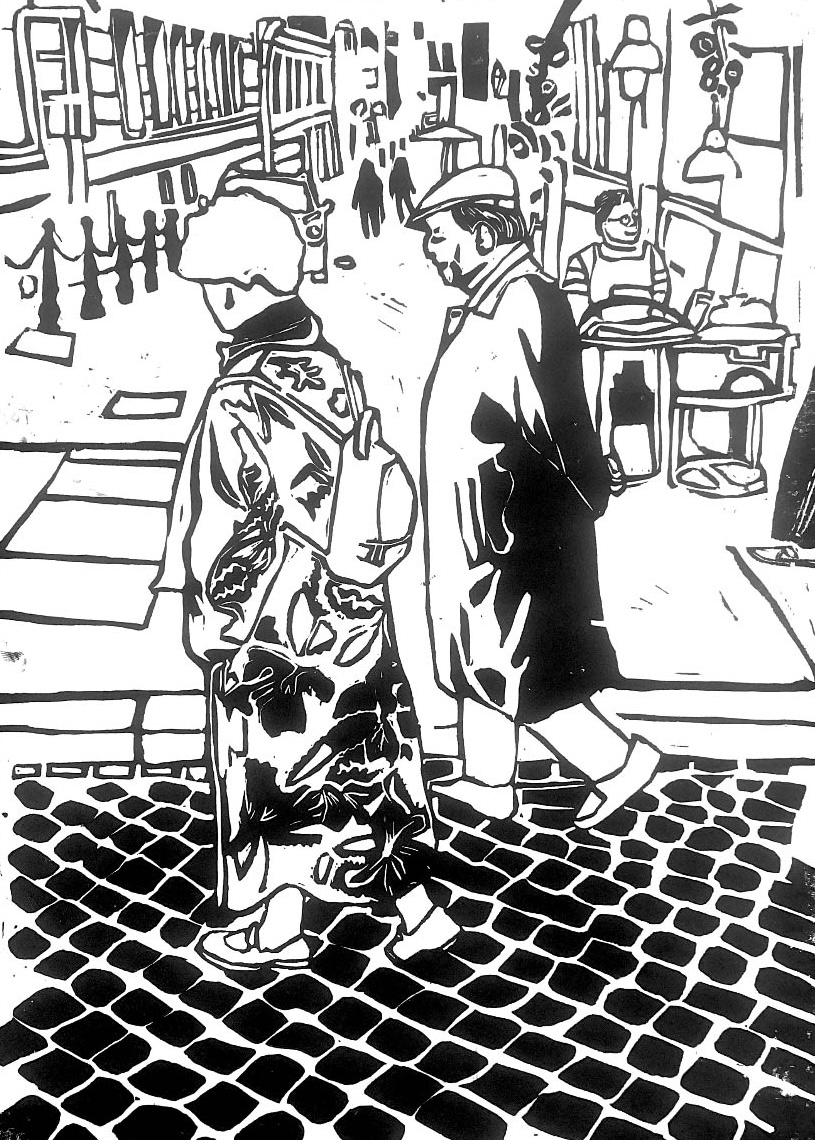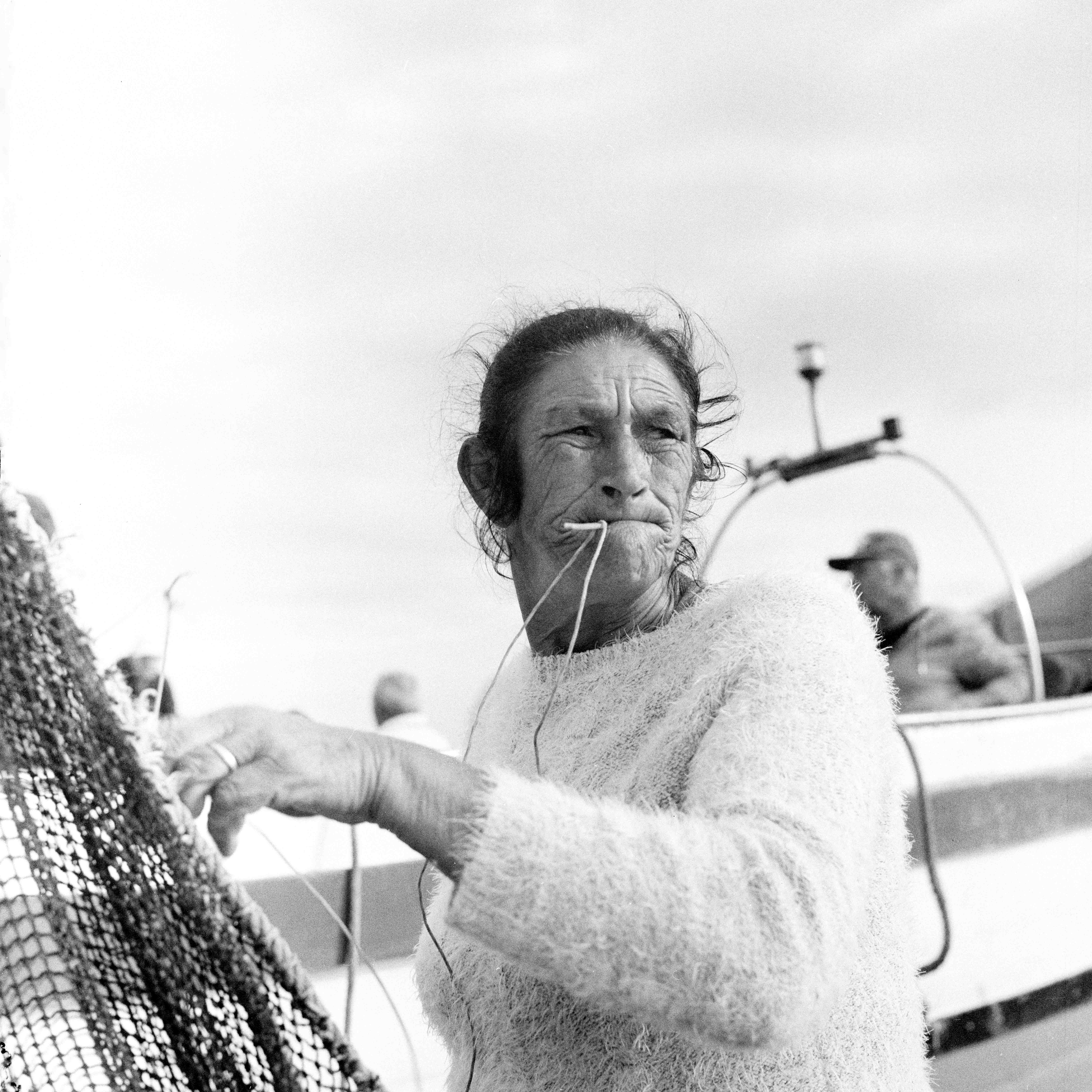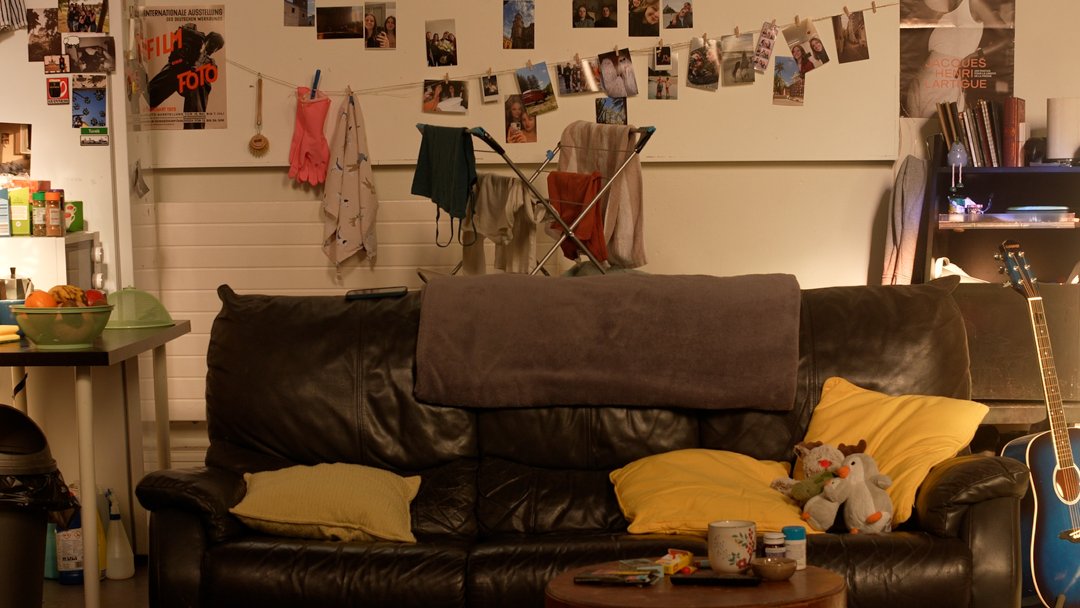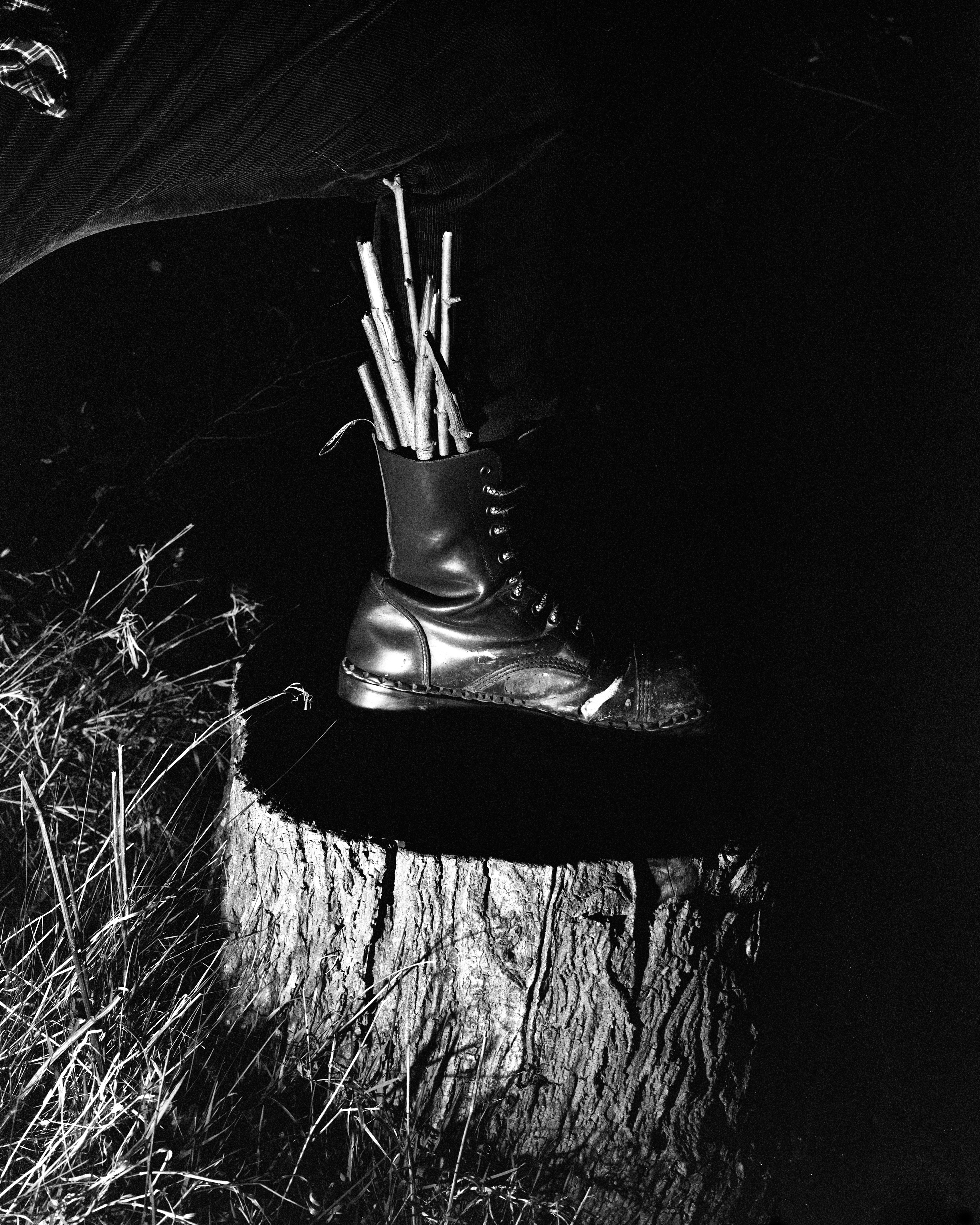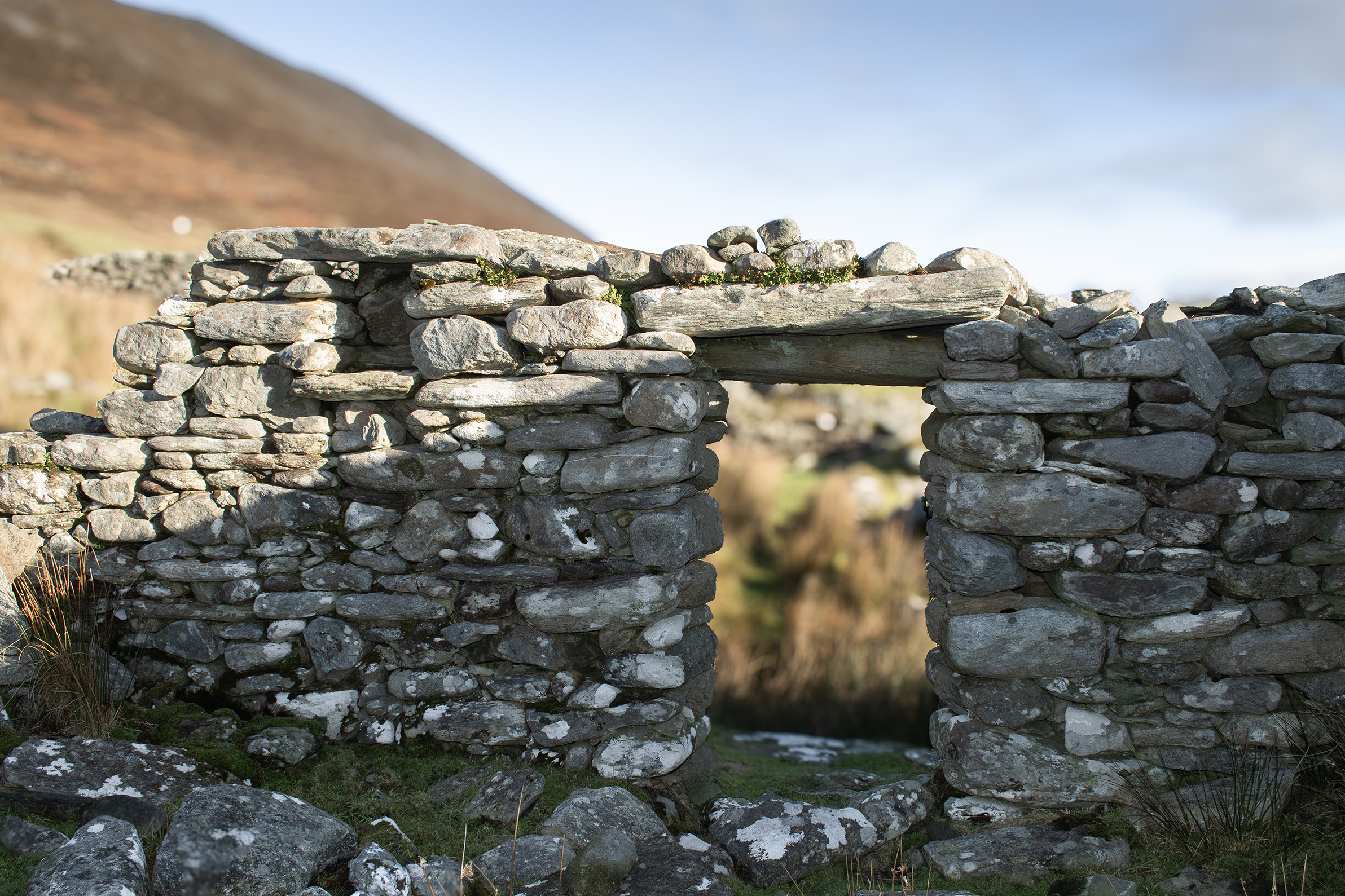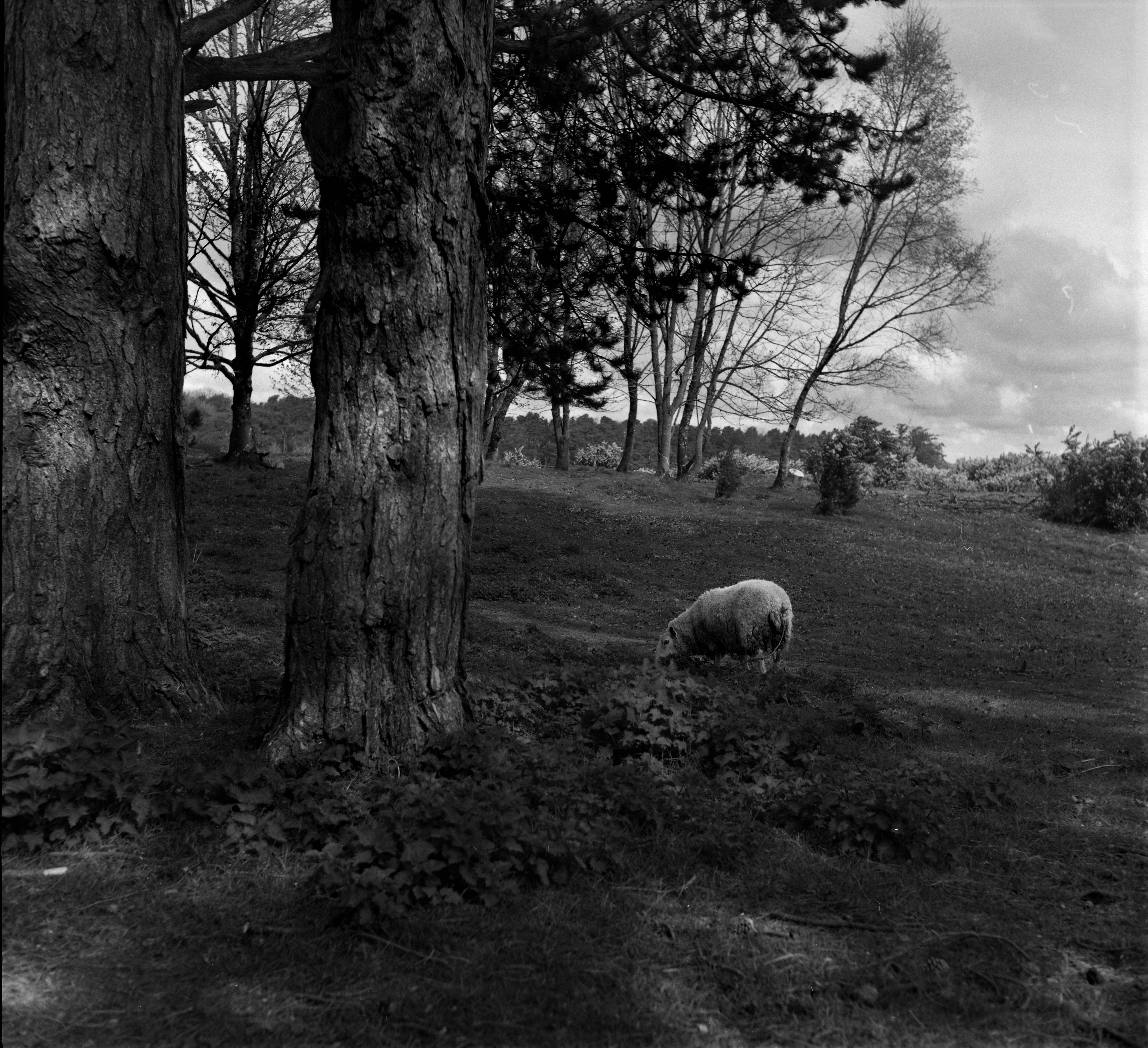
Kassandre Lojek-Garcia
Routine is a video anthology that playfully examines the dynamics of daily life through the prism of friendship. The work focuses on two female protagonists going about their routines. Although their lives are steeped in repetition, they find joy in the mundane, transforming their shared space through humour, gesture and spontaneous performance. Rooted in gestural comedy the project highlights the expressive potential of movement and body language by amplifying this repetition and drawing on traditions of physical humour. Focusing on the vernacular feminine experience of domesticity to reflect on the question of self-identity, the work challenges the viewer to consider the small, overlooked moments that shape the lives of each individual.

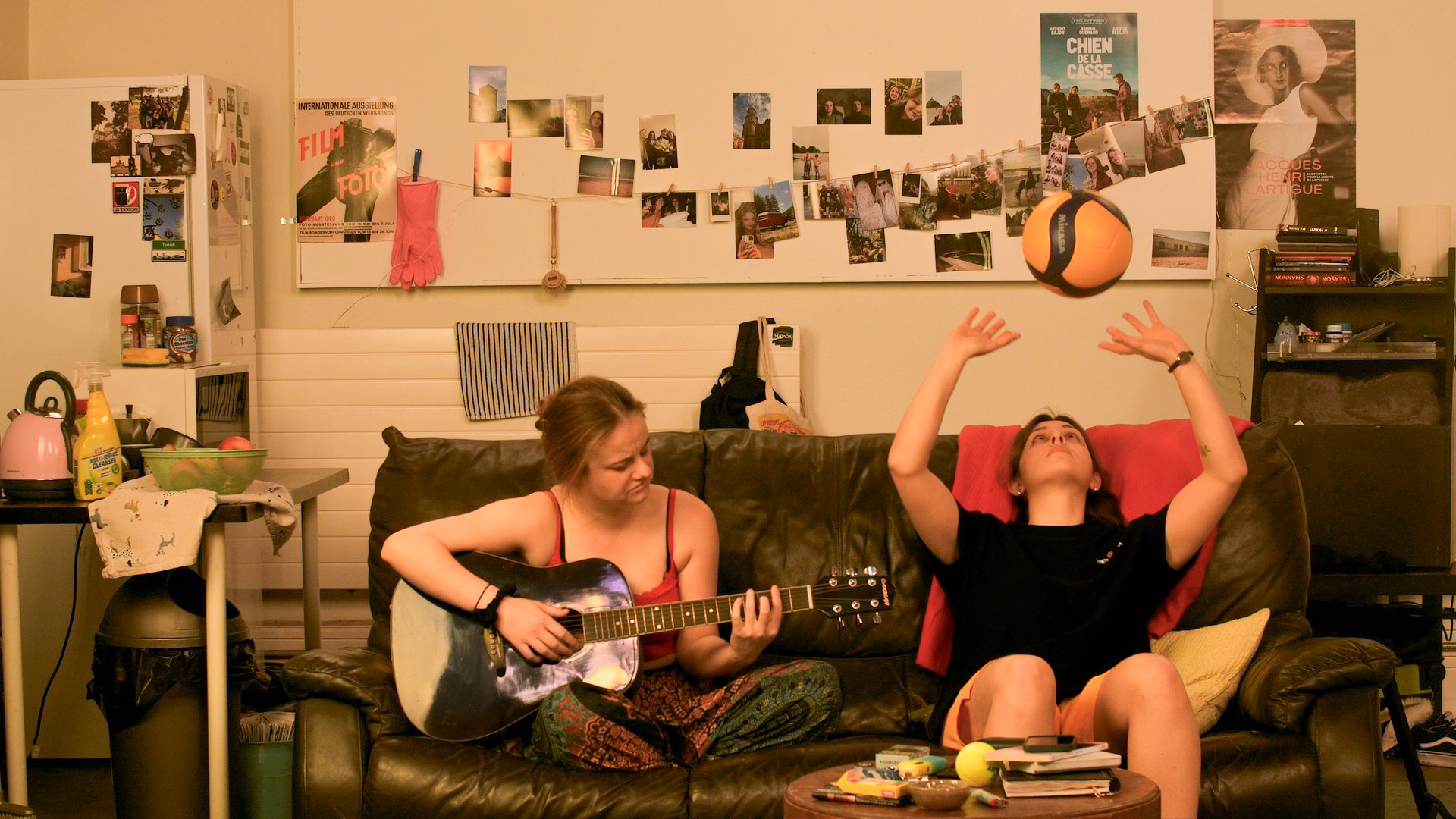
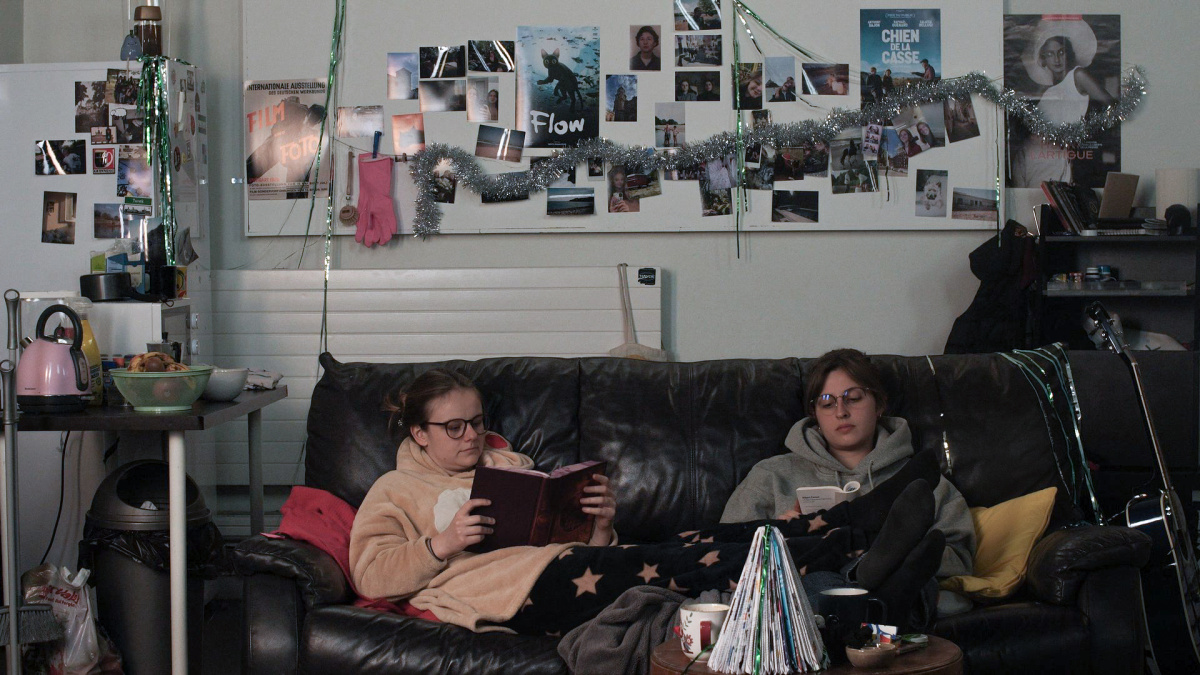
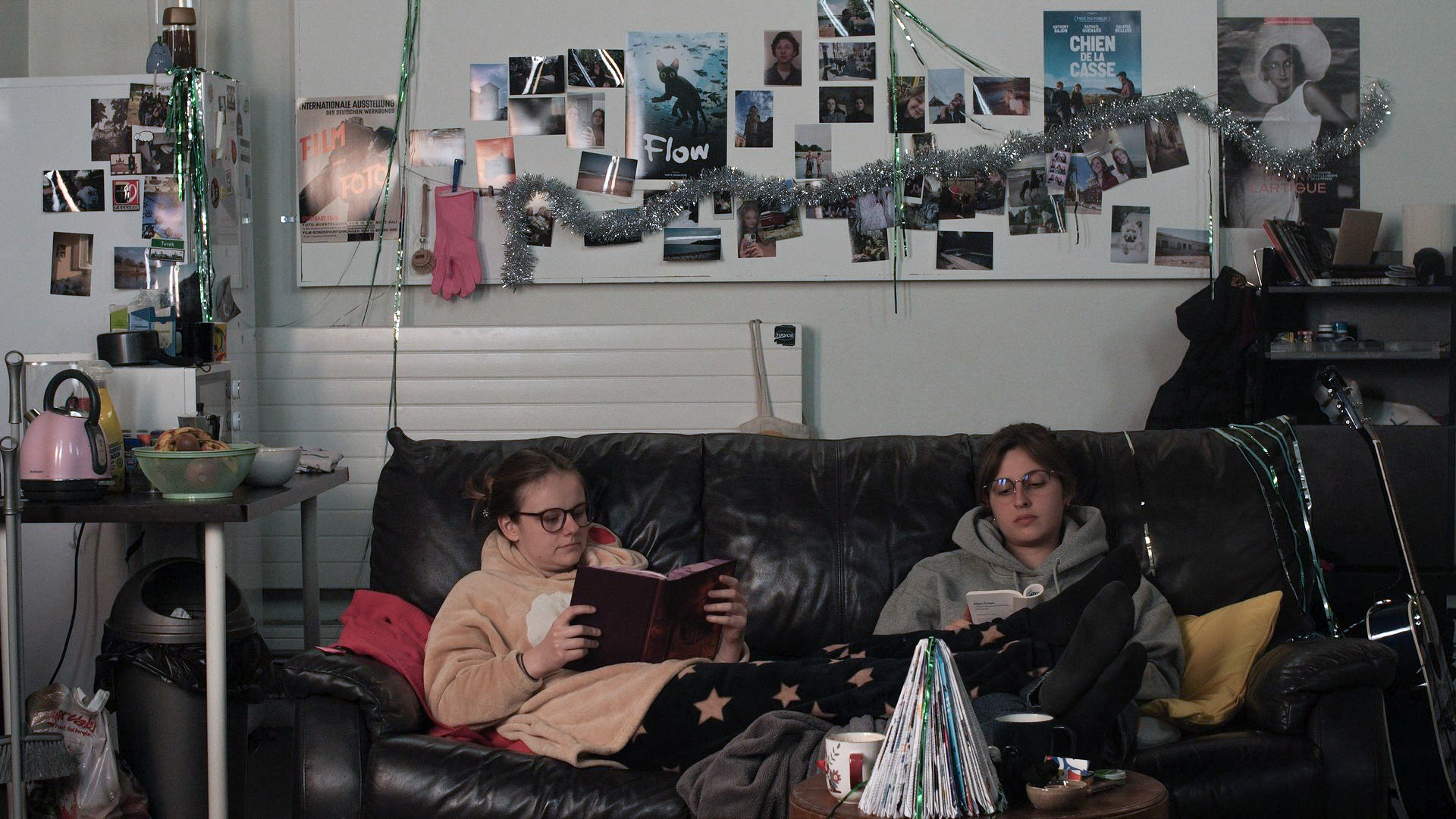
This thesis explores the photojournalism of May 1968 in France and the so-called iconic photographs that emerged from it. Using the events of May 1968 as a case study it questions the role of iconicity in photojournalistic practice. The analysis aims to understand why certain images have become visual icons, while others quickly disappeared from the collective memory. The study is based on an in-depth analysis of three distinct photographs recognised as icons of the movement, each of which is the subject of a chapter. Several factors will be taken into account: the context in which the photograph was shot, its detailed visual composition, its distribution and media reception, and the different interpretations that followed. The analysis of each image is supported by contextual research that demonstrates that iconography constitutes a specific genre within the field of photography one that is a combination of three specific elements, namely: a strong visual impact denoting a figurehead, an implicit political message and/or a crucial moment; a significant national and/or international media coverage; and a lasting imprint in the collective memory of a given nation through various commemorations.

Kassandre Lojek-Garcia is a French visual artist based in Dublin, Ireland.
Her video based works trace the rituals of everyday life via the collective and personal threads of contemporary social experience. She explores the search for identity through the complex field of the female condition, youth identity and the anthropology of human behaviour. Drawing on lived experience and her nuanced observations, the artist weaves her conceptual frameworks with authenticity, inviting reflection on the overlooked quotidian that shapes the cultural and emotional landscape of individual experience.


